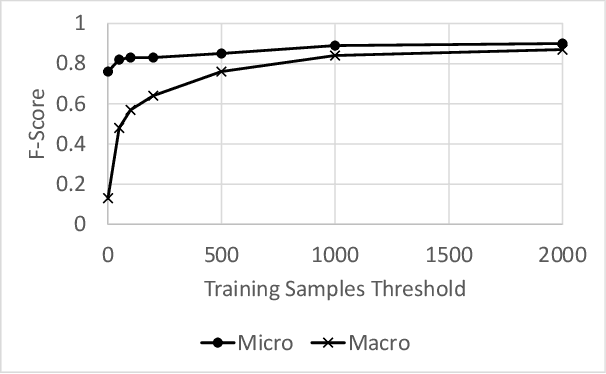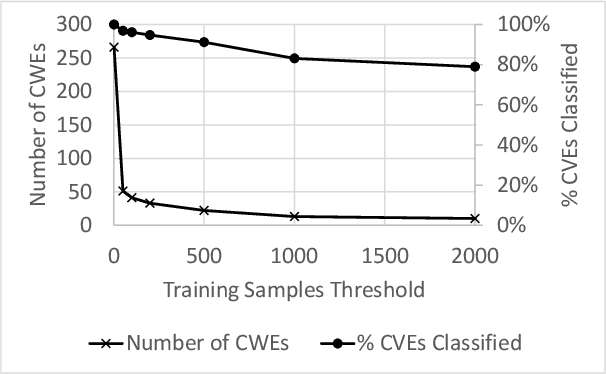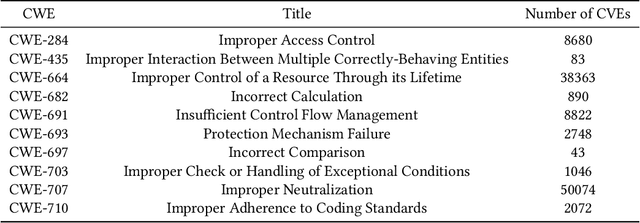Chris Bedell
Attack Techniques and Threat Identification for Vulnerabilities
Jun 22, 2022



Abstract:Modern organizations struggle with insurmountable number of vulnerabilities that are discovered and reported by their network and application vulnerability scanners. Therefore, prioritization and focus become critical, to spend their limited time on the highest risk vulnerabilities. In doing this, it is important for these organizations not only to understand the technical descriptions of the vulnerabilities, but also to gain insights into attackers' perspectives. In this work, we use machine learning and natural language processing techniques, as well as several publicly available data sets to provide an explainable mapping of vulnerabilities to attack techniques and threat actors. This work provides new security intelligence, by predicting which attack techniques are most likely to be used to exploit a given vulnerability and which threat actors are most likely to conduct the exploitation. Lack of labeled data and different vocabularies make mapping vulnerabilities to attack techniques at scale a challenging problem that cannot be addressed easily using supervised or unsupervised (similarity search) learning techniques. To solve this problem, we first map the vulnerabilities to a standard set of common weaknesses, and then common weaknesses to the attack techniques. This approach yields a Mean Reciprocal Rank (MRR) of 0.95, an accuracy comparable with those reported for state-of-the-art systems. Our solution has been deployed to IBM Security X-Force Red Vulnerability Management Services, and in production since 2021. The solution helps security practitioners to assist customers to manage and prioritize their vulnerabilities, providing them with an explainable mapping of vulnerabilities to attack techniques and threat actors
 Add to Chrome
Add to Chrome Add to Firefox
Add to Firefox Add to Edge
Add to Edge